A newly developed "GPS nanoparticle" injected intravenously can home in on cancer cells to deliver a genetic punch to the protein implicated in tumor growth and spread, according to researchers from Penn State.
Research and publish the best content.
Get Started for FREE
Sign up with Facebook Sign up with X
I don't have a Facebook or a X account
Already have an account: Login
 Your new post is loading... Your new post is loading...
 Your new post is loading... Your new post is loading...
|
|




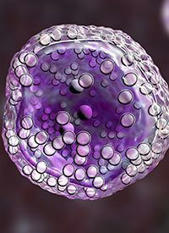



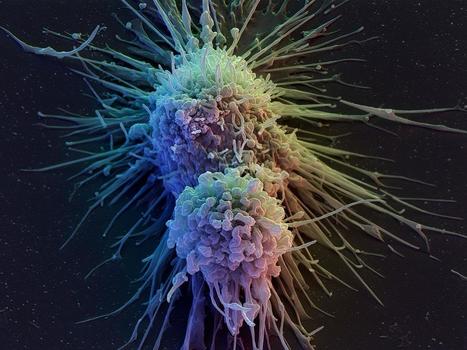
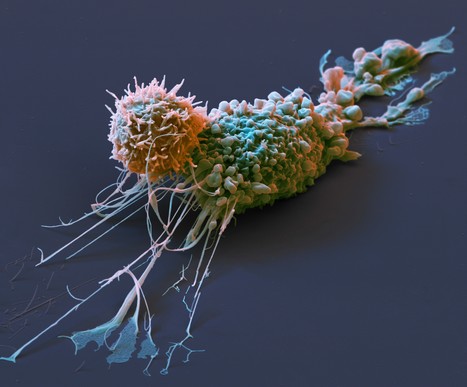
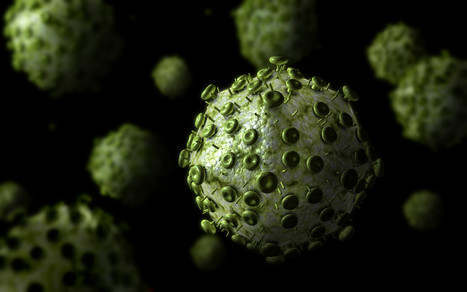

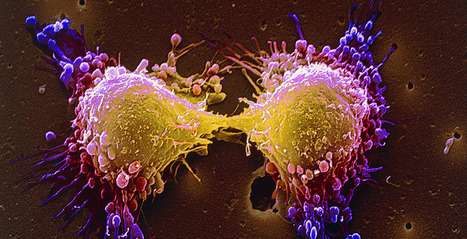

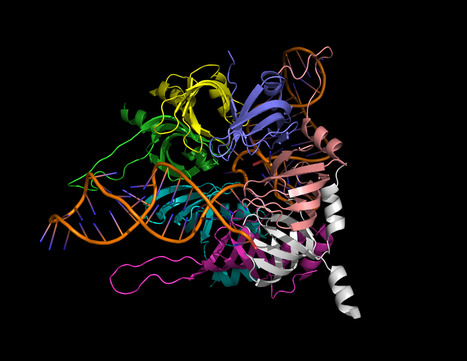
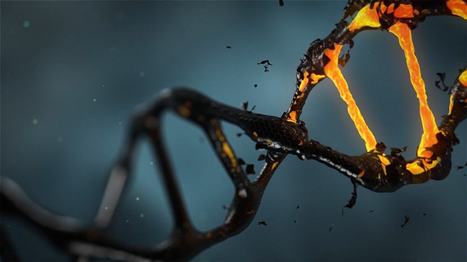




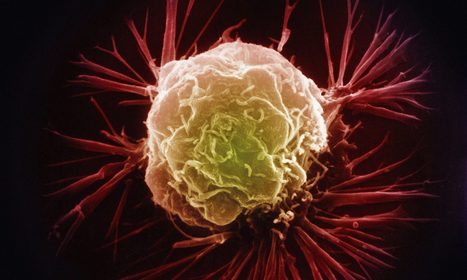










Basal-type breast cancers may be less common than other breast cancers, but they can be much harder to treat, largely because they lack the three therapeutic targets found in other breast cancers. They also tend to be aggressive, growing tumors rapidly and shedding cells that spread elsewhere in the body, potentially metastasizing. The cancer is difficult to detect and does not show up on a routine mammogram, and it mainly affects the younger population who may not receive preventive care. There is therefore an unmet clinical need for more effective treatments when cancer is not detected early enough. One team has produced a nanoparticle composed of specially designed fatty molecules that resemble natural lipids and contain CRISPR-Cas9. In this study, the researchers used this system to target the human forkhead box c1 (FOXC1), which is involved in the development of metastases. To ensure that the nanoparticle would bind to the right cells, they attached an epithelial cell adhesion molecule (EpCAM), which is known to bind to basal-like breast cancer cells. As the tests worked on tumors in mouse models, the researchers plan to continue testing the nanoparticle platform with a view to its eventual application in clinical trials.